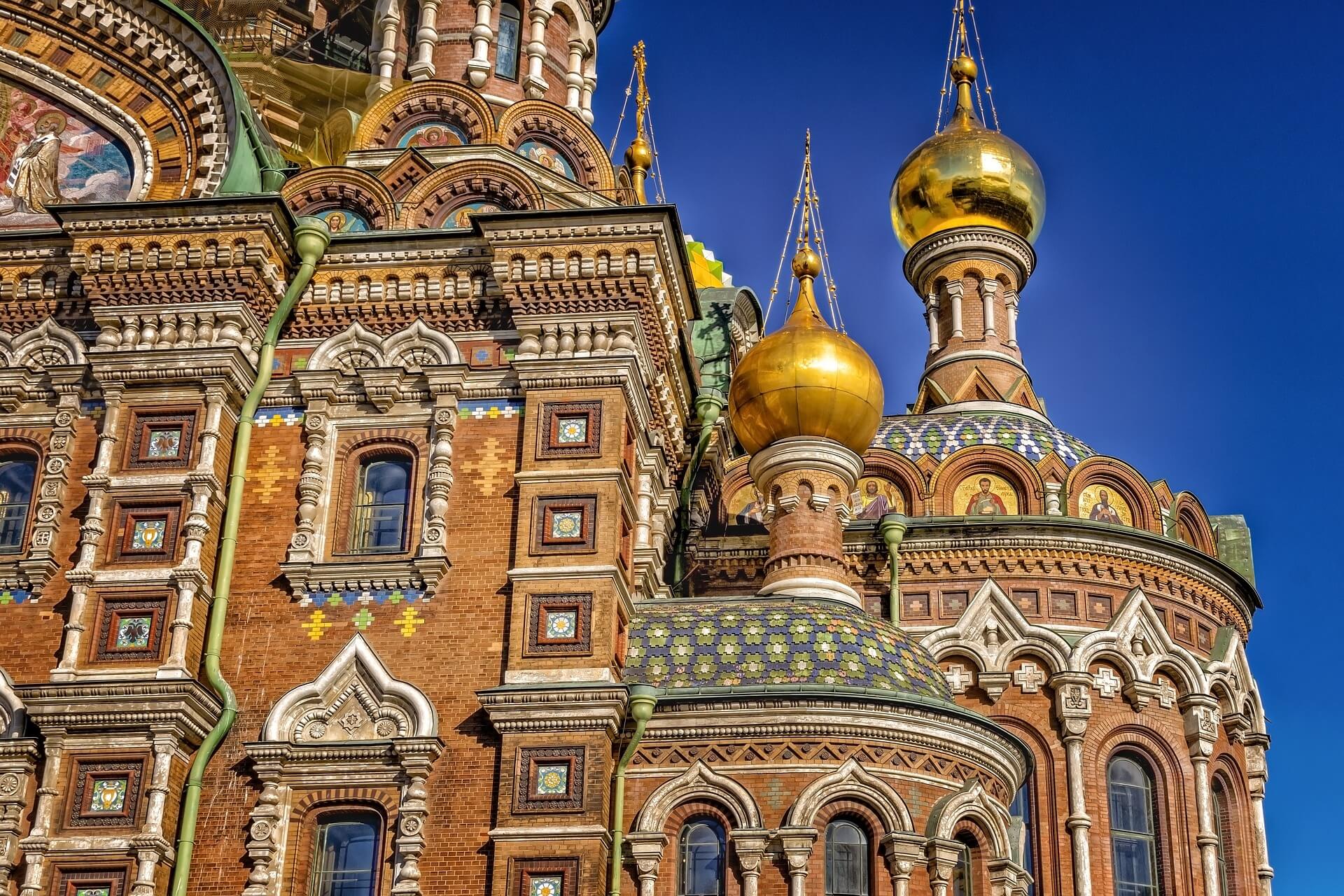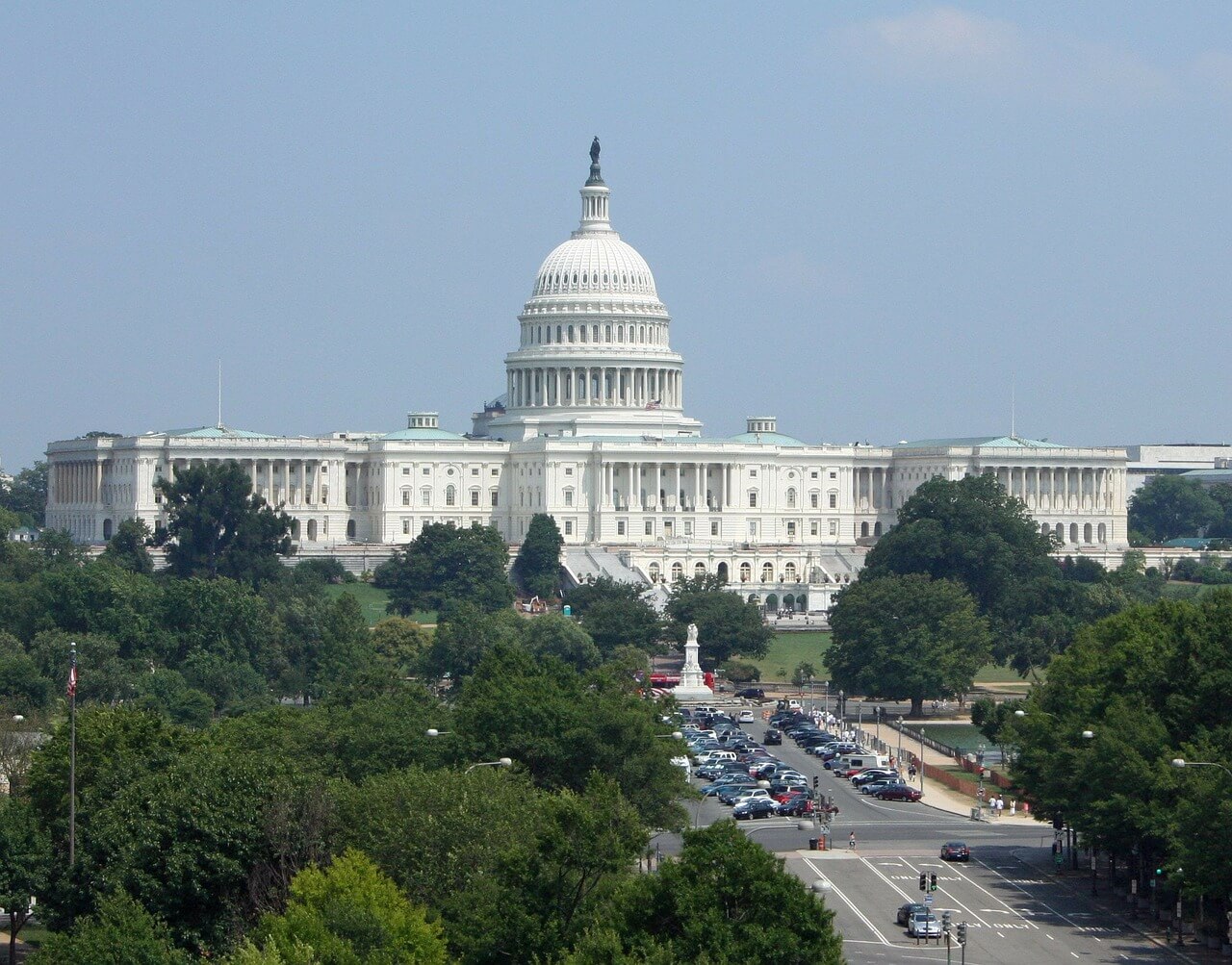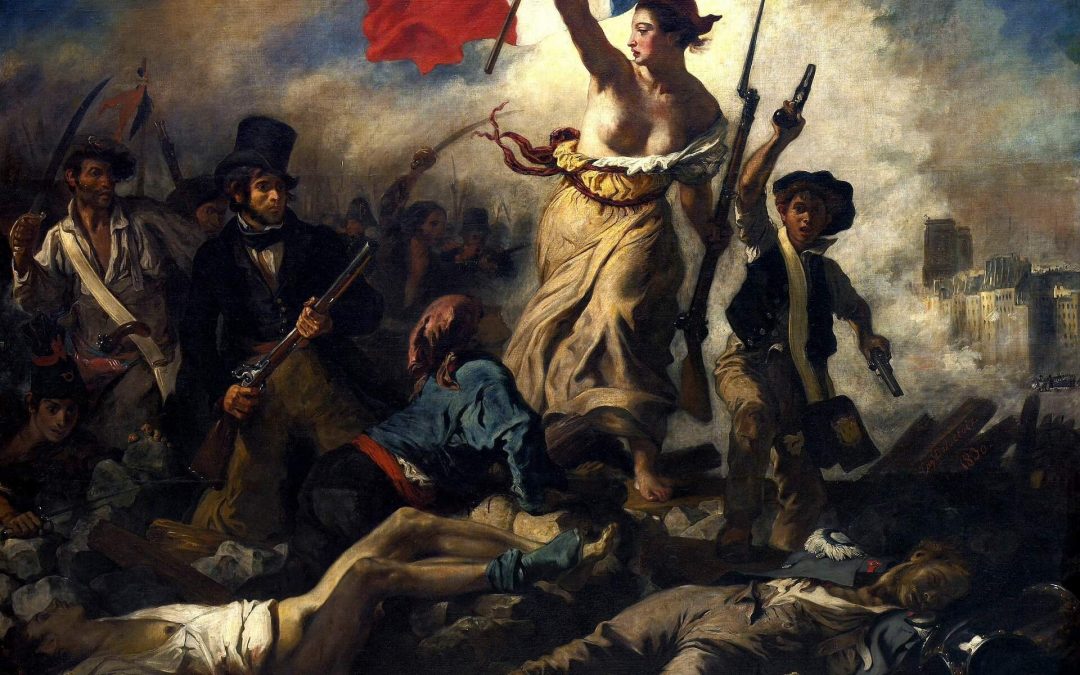By Alicia Tembi (History Co-Chair), Tori Faxton (History Co-Chair),
Clayton Payne (Dean of Students), and Dr. Stuart Grauer. The Grauer School
“The aim is not so much that the pupils should accumulate a great deal of knowledge, but that [educators] prepare the ground for them to acquire the right feeling for the world.”
A great school cultivates more than just student knowledge…. it cultivates creative, imaginative, and spiritual development in all students. Hence, arts education (like outdoor education) has a fundamental role in great education. Small Schools are the perfect environment to implement the Arts in the history curriculum. Our intimate learning environments provide both students and faculty with flexibility in how we deliver curricula.
This results in a more holistic, natural educational approach that helps students conceptualize the interconnected nature of disciplinary subject matter that remain unnaturally fragmented curricular components in many larger schools.
The Arts are pervasive, relevant, and alive across the entire curriculum at a great school. Not only do students have access to high quality Arts electives, clubs and performances, but the Arts play a supporting role in all academic disciplines. The Arts in History, the subject of this study, is of course no exception. Exactly what is the role of Art in History? Let’s take a look at cultivating the Arts in history class to find the answer, based on a typical block of courses that students take corresponding with their grade level(s)….
The Importance of Art in History
Primary sources are an integral part of the history curriculum, but they should not be limited to “traditional” historical documents such as diaries, letters and newspapers. Rather, art in history is treated just as importantly as any other primary source document.
History teachers can use artistic pieces as primary sources to paint a more complete picture of the past and to engage students aesthetically. Students should have access to and create songs, poetry, literature, visual arts and film through each history course they take. This provides them with a richer understanding of the cultural and political climate of the time, as well as infuses their own personal development by appealing to their passions.
Please read on to learn about a few specific examples of how to successfully integrate the Arts in history and social studies curricula. Please note that although this list is not exhaustive, art in history class can indeed be present and vibrant throughout each grade level and in every course taught.
Art in Middle School History Classes
Art in middle school history classes should be fully integrated. This allows educators to supplement perspectives that existed at historical time periods, and to provide a sensory historical learning experience. Art in middle school history classes has many uses. For example In 7th grade World History & Geography, students can read and evaluate creative expression from The Poems of Arab Andalusia, a collection from the 10th-13th centuries. Students also understand the use of romantic language and imagery, as well as the inherent poetry of the Arabic language.
When learning about the Imperial history of Chinese dynasties, students review works of pottery, watercolor painting, and sculpture. Students create their own Song dynasty-style watercolor paintings. Students create accompanying poems after reading and learning about examples of poetry from the same era. Students are also frequently introduced to music from the culture, location, and time period they are learning about.
Art in middle school history classes continues in 8th grade US History. Students can be exposed to song, visual art, film and written narrative. For a typical example, during a unit on slavery and the abolitionist movement, students can read an excerpt from Frederick Douglass’s Narrative Life of Frederick Douglass. Students can also explore spirituals, such as “Amazing Grace” and “Deep Down in my Heart.”
During the unit on westward expansion, students can listen to and evaluate “The President’s March” (now “Hail Columbia!”) and “Old Hickory” to understand the stark differences between the two political giants.
In terms of creating art in middle school history classes, students can write and perform skits on the three parts of the Declaration of Independence. In every unit, students can express their understanding in creative ways.
Art in World Religion Class

To integrate art in World Religion class, 9th grade students can use religious art from places of worship (including many that they personally visit) to better identify central themes in both worship and belief while tracing similarities in across denominations.
Using art in World Religion class allows students to create and analyze symbolic objects, some of which change over time to mirror human advancement through history. Varying between anticipation at the outset of studies and formative evaluations at their conclusions, students are asked to create original art. The analysis of original art is then used as practice before applying the same technique to art across faith groups.
As another form of art in World Religion class, the use of music in practice is likewise analyzed for each faith-based tradition in terms of both its functionalist utility and its effectiveness to communicate unity.
Art in High School History Classes
Integrating art in high school history classes can build upon the foundation already laid during 7th and 8th grade. Art in high school history classes allows students to continue to explore history through the lens of artists and their works.
Throughout 10th grade World History, students can use the music and art of the time period to enhance the understanding of each era. For instance, during a unit on the Industrial Revolution, students can focus on the emergence of Realism and Romanticism in paintings. Students also can act as art critics by critiquing works from an anti- or pro-industrialization perspective, while learning about bias and slant within the media and other sources.
In a New Imperialism unit, students can view the film, The Man Who Would Be King, adapted from Rudyard Kipling. Through this film, students can analyze British Imperialism as well as the spirit of adventure. During units on the World Wars, students can frequently examine and evaluate political cartoons, propaganda, music, and poetry. Clips from Leni Riefenstahl’s Triumph of the Will allow for a glimpse into German nationalism, and the 1941 Dick Robertson song, “We Did it Before” immerses students in the emotional perspective of the US after the bombing of Pearl Harbor. Even clips from the great visionary Walt Disney, who created anti-nazi propaganda cartoons during the 1930s and 40s, can supplement the learning process.
Integrating art in high school history classes can continue in 11th grade US History. Students can predominantly utilize film, song, visual art and poetry to supplement the curriculum. For example, during a unit on The Jazz Age, students analyze songs like “Strange Fruit” as well as Billie Holiday’s life as a way to explore the deep south during the 1920s. Students also explore social issues like race relations, feminism, and economic inequality during the 1920s through classic film clips, which include D.W. Griffith’s infamous The Birth of a Nation,The Circus, The Jazz Singer and Pandora’s Box. Students complete an independent project where they explore a musician, photographer, film or piece of literature of their choice from the tumultuous and exciting 1960’s and 1970’s.
For instance, students could evaluate the films Selma, Hidden Figures, Malcolm X or Platoon, artists Bob Dylan or Jimi Hendrix, photographer Eddie Adams, etc. Integrating art in high school history classes in this manner allows students to explore a medium and topic of their choosing, which in turn enhances student ownership and engagement.
Likewise, history classes serve to support historical contexts for high school literature classes, providing historical context for Shakespeare, classical arts, revolutionary writings, etc.
The Arts In High School Government Class

12th grade students can experience the arts in high school government class while studying U.S. government and civics. Integrating the arts in high school government class affords students the ability to study great architecture, great speeches and writing, protest songs and art, political cartoons…. as well as the paintings, murals and photography providing the imagery that has forged the identity of the United States of America throughout its history. Indeed, integrating the arts in high school government class facilitates a holistic, humanitarian context to political movements and parties past and present across our great nation.
Conclusion: Importance of the Arts in School
“There is a cost in education when we fragment everything to a point where meaning is abstractedly isolated and subsequently lost. Seamless arts integration … provides approaches to problems from diverse angles, personal points of view, and multiple intelligences.” -C.Y. Nordlund, Art Experiences in Waldorf Education (p. 186, 2016)
The importance of the arts in school, across every level of history and all curricula, cannot be understated and should not be underestimated. Rudolf Steiner, influenced by the aesthetic theories of Friedrich Schiller (1795/1967), believed education had a role in harmonizing the polarities of sense (or emotion) and reason within our being through meaningful experiences with art: This is the basis of balanced education.
In Small Schools, the importance of the arts in school is represented in the way history departments are able to create learning opportunities for students that are holistic, and that inspire personal and group creativity and curiosity. The integration of the arts in history class curricula propels this vision and allows teachers to infuse lessons with personal artistic interests and passions.
Likewise, trips, visitations, passionate guest speakers, field explorations, imaginative expression, hands-on experience, can all play routine roles in the social studies. These influences advance the small school model for integrative study, and it offers students the time and space to take the arts personally and cultivate their sense of wonder.
It’s true that history classes should prepare students for success at colleges of choice. It is equally true that the importance of the arts in school is demonstrated by students’ abilities to balance sensory experiences that enliven the past, engage passionate study, and encourage each of them to look at the history and cultures of the world through their own unique lenses.
If you would like to learn more about how the Small Schools Coalition can help you cultivate the arts in history curricula, or if you would like to become a member of the Small Schools Coalition totally free-of-charge, we welcome you to reach out to us directly….


Recent Comments